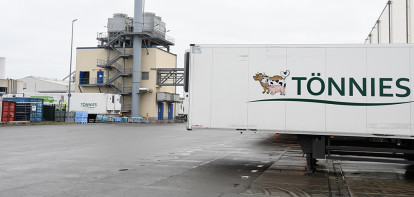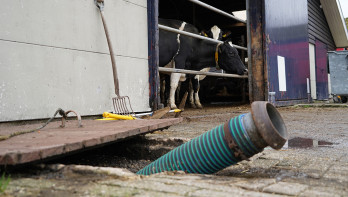Analysis Meat & Protein
Record pig price in Italy opportunity for meat exporters
African swine fever is causing quite a few problems in Italy. The virus is now widely spread across three provinces. The North European meat market is already benefiting from increasing exports of hams, but more opportunities seem to be emerging.
The virus has now spread over an area of 4,500 square kilometers, and in August and September, more than 90,000 Italian pigs were culled. The impact is broader, however. Due to infections among wild boars, transport restrictions have been imposed on pig farms in an area of as much as 23,000 square kilometers. The total economic damage is estimated at €500 million by the Italian agricultural organization. This is a significant blow considering that the sector's turnover is around €20 billion per year.
Part of this is due to the loss of exports. 12 export markets, including key markets China, Japan, and Mexico, decided to no longer allow the import of Italian pork. This immediately resulted in a loss of €20 million. The value of this export was about €2.1 billion in 2023. So far, Canada and the United States still allow the import of Italian meat products, provided that the products are not produced in the infected area.
Parma Hams
Despite lower exports, the market is starting to experience shortages due to the outbreak. The direct consequence of this is that the pig market is currently setting record prices. This is happening while slaughter prices in June were at their lowest level since August 2022. In June, the slaughter weight of Italian pigs weighing from 160 to 176 kilos was €1.90 per kilo. By early October, the price had increased by 23.7% to €2.35.
The epicenter of the outbreaks was until recently in Lombardy, but the virus has now spread to Piedmont and Emilia Romagna. This places the outbreak in the main production area of the famous Parma ham. Companies producing the world-famous regional product are importing hams to compensate for the lower local supply. This benefits the North European pig sector. It is heard in the market that companies in the Netherlands and Denmark are exporting more and more hams to the affected area.
Italian trade media report that the production of products such as salami, mortadella, and pancetta is also being affected by shortages. So far, there are no signs that North European companies are exporting products like bacon or lean cuts to the Southern European country on a large scale, but if the shortages persist, it is not excluded that exports to Italy will expand.
Measures
A new extraordinary commissioner has been appointed to get the situation under control. During a previous large-scale outbreak in 2022, where 122,000 pigs were culled, Italy suspended the permits of hunters. Meanwhile, the army was deployed to thin out the populations in a clinically possible way. Such measures have not been announced this time. After the latest infections, the commissioner decided to focus on measures for pig farms. So far, this strategy seems to be paying off. In the last week of September, only 1 infection occurred on a pig farm.




